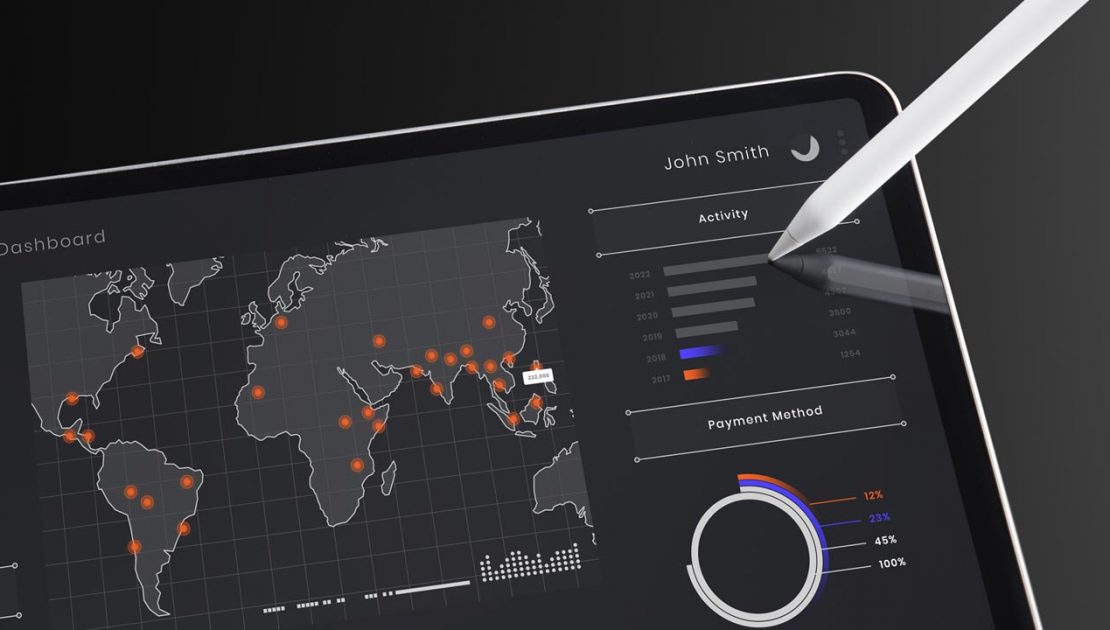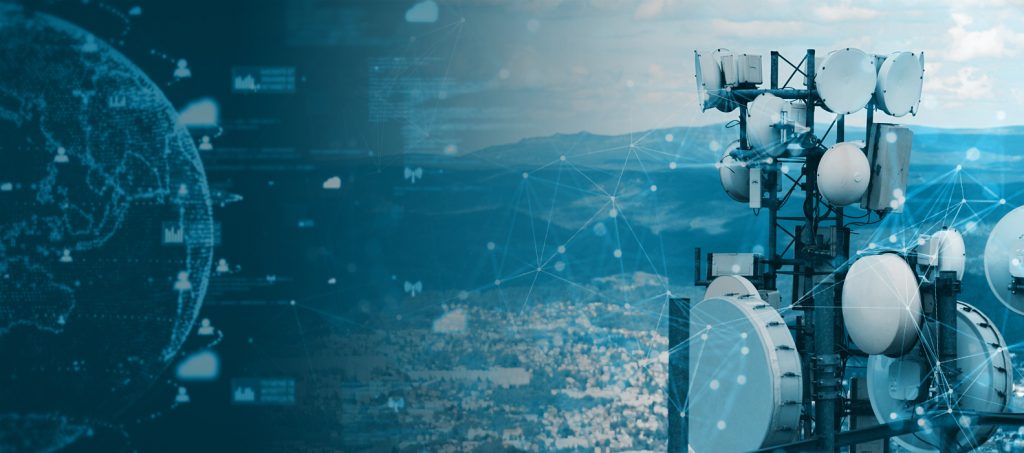War used to be a relatively basic encounter. The forces would collide, and a war would commence. With technological breakthroughs, a large chunk of the combat began to take place outside the limits of physical sight. In a field, all-out fights do not take place. They are more specific. As a result, reconnaissance and information collection have become critical components in winning the war.
That is why location Analytics plays a major role in acquiring critical information to plan and execute battle missions.
In military operations, the notion of Command, Control, Communication, and Coordination is heavily reliant on the availability of reliable information to make timely judgments for operational orders. Location intelligence is a fantastic tool for military commanders in operations in the current digital era. The use of location intelligence technologies in defense forces has transformed how these forces operate and function. Cartography, intelligence, battlefield management, terrain analysis, remote sensing, military installation administration, and surveillance of potential terrorist activities are all examples of how military forces use location intelligence.
A few essential applications and factors of location intelligence’s role in the military are as follows:
- Terrain Mapping: Terrain is a force multiplier; successful fights are won by utilizing ground to your advantage and denying the adversary’s commanding terrain. Terrain mapping enables the military to map the terrain of operation before taking a single foot on it; understanding the terrain of operation, routes, infiltration and exfiltration spots, and so on helps the team to practice and is critical to the mission’s success.
- Construction Analysis: This allows the military to keep an eye on key locations in which they feel the enemy will try to increase its footprint; be it in finding a secret nuclear launch base or a regiment hide-out.
- Weather Information: This is a major factor on the battlefield. Real-time weather information is critical for field commanders on land, sea, and air to complete their missions successfully. Weather can have a significant effect on the success or failure of an operation at times. Every combat commander wants to know about cloud coverage, wind conditions, visibility, temperature factors, and other relevant data. With location intelligence, this is indeed possible.
- Logistics Management: Location Intelligence also plays a vital part in military logistics since it aids in the movement of supplies, equipment, and people to the right location and correct time. Forces can discover alternate routes for convoys if incidents or traffic jams occur on the most direct route by employing GIS in route planning. Certain sensitive products, such as nuclear weapons, may be traced every step of their transit and kept away from hot spots, crowded regions, or other shipments by employing both GPS and GIS.
Spatial data is as critical to a military commander in war as it is to a decision-maker in state growth planning and development. Any country’s Ministry of Defense manages data on routing and filtering while analyzing and presenting information for decision-making. Regional wars, fast deployment, and flexible reaction place a great load on military leaders, their staff, and supporting systems to be up-to-date on enemy activity on the ground. There are several advantages to visualizing raw tabular data inside a geographical context. As a result, digital mapping and location intelligence take center stage in operations ranging from combat simulation to mission briefing and communications planning, logistical management, and command and control.
Modern warfare entails actions involving combined forces and an integrated method for analyzing fighting areas for mobilizing supplies, transporting multiple units, and establishing communication networks for effective operations in a real-time situation.
Location intelligence benefits military forces by making information easily available to officials at all levels participating in operations. With the introduction of remote sensing technologies, intelligence units in defense forces now have significant access to data on enemy actions from eyes in the sky. Spy satellites continuously capture high-resolution satellite data in peacetime to track the progress of enemy forces’ purchase of sophisticated combat technologies. There is no privacy with these satellites, and industrialized countries have extensively used remote sensing technology to track adversary operations in developing nuclear plants. These are brought to the attention of international organizations that coordinate the prevention of the use of nuclear energy for harmful purposes.
In times of conflict, the utilization of remote sensing data in conjunction with ground information would provide a centralized platform for evaluating the ground situation. The introduction of high-resolution satellite photos in the modern period improved the capabilities of accurate map-making and made the most up-to-date information available to the military. Lepton Software has created tools that allow defense organization and countries throughout the globe to secure their defense interests intelligently. To know more, please get in touch at info@leptonsoftware.com.

